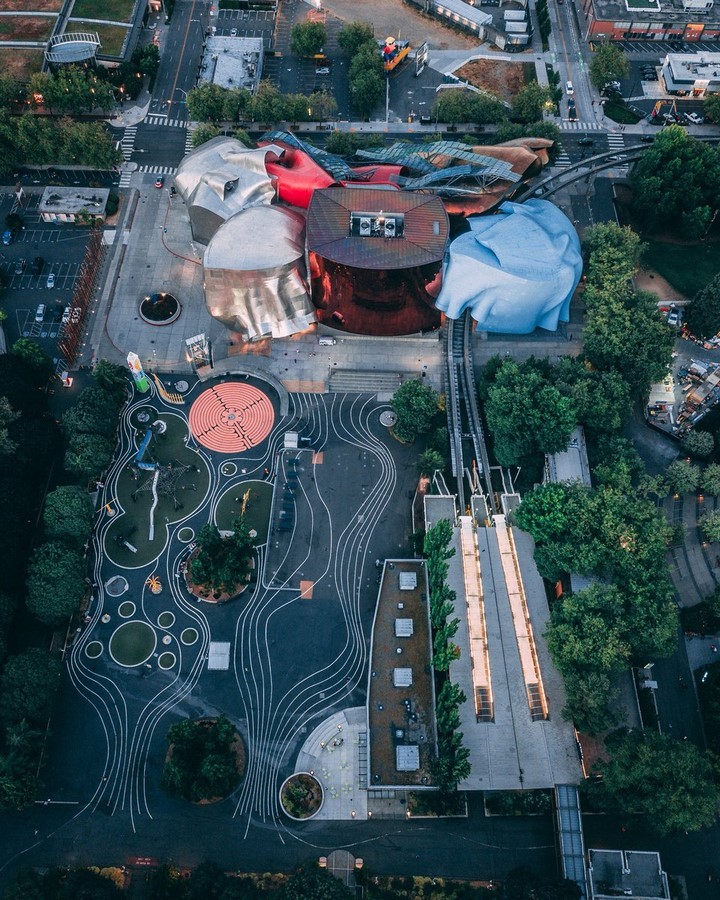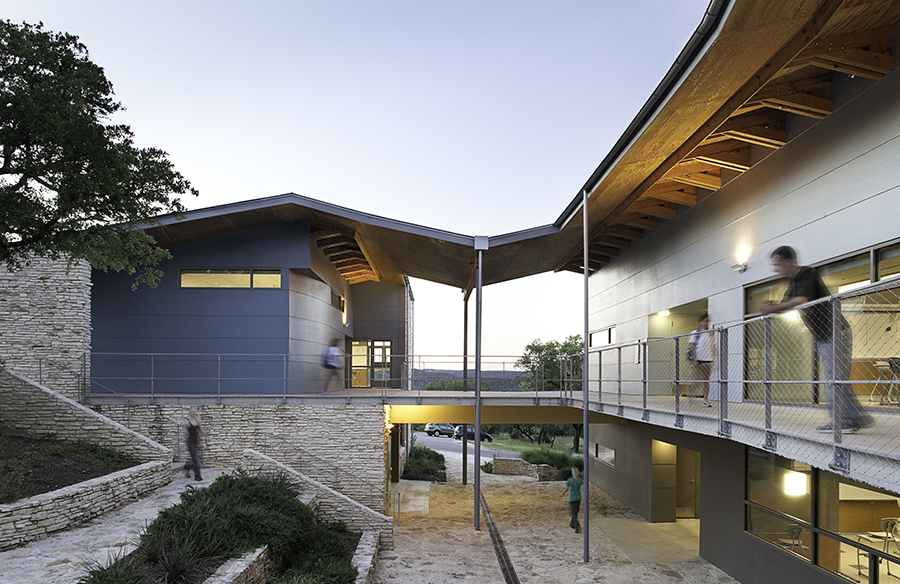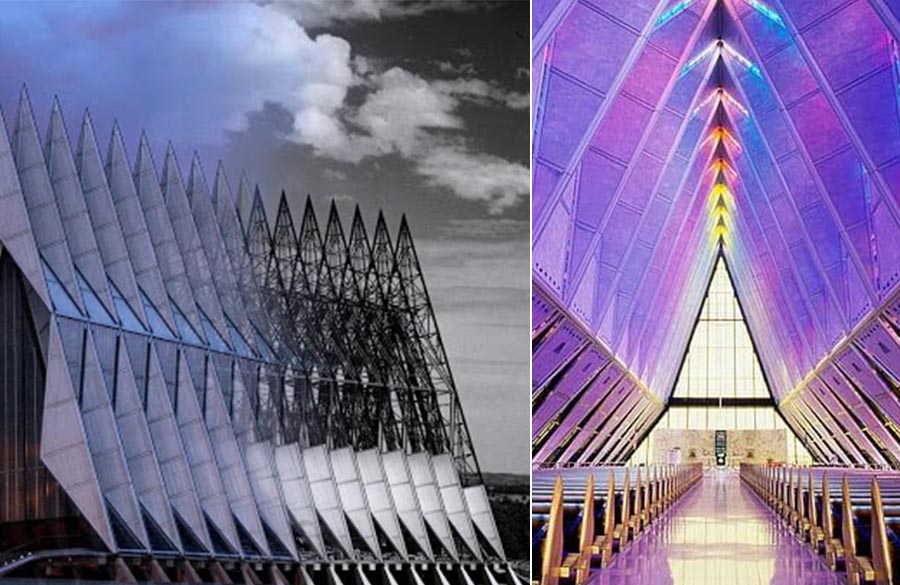Frank Gehry is an architect who has spent more than 50 years, creating the most remarkable structures with his unconventional and dynamic use of forms, colors, and shapes. His Innovative use of different materials and iconic deconstructivist style has garnered him numerous awards, including the Pritzker Architecture Prize in 1989.
Frank Gehry’s approach to creating facades that seemed to seamlessly flow with its surrounding structures while at the same time standing out as a work of its own revolutionized this era’s way of designing buildings. His signature metallic finishes and fluidity of the material forever changed its use in the world of architecture.
1. Vitra Design Museum (Weil am Rhein, Germany) | Frank Gehry
This 8,000-square-foot museum was Gehry’s first work in Europe, made from white plaster and titanium-zinc alloy. Present was his signature angular shape that contrasted with the different curved forms that were a collage of towers, ramps, and cubes.


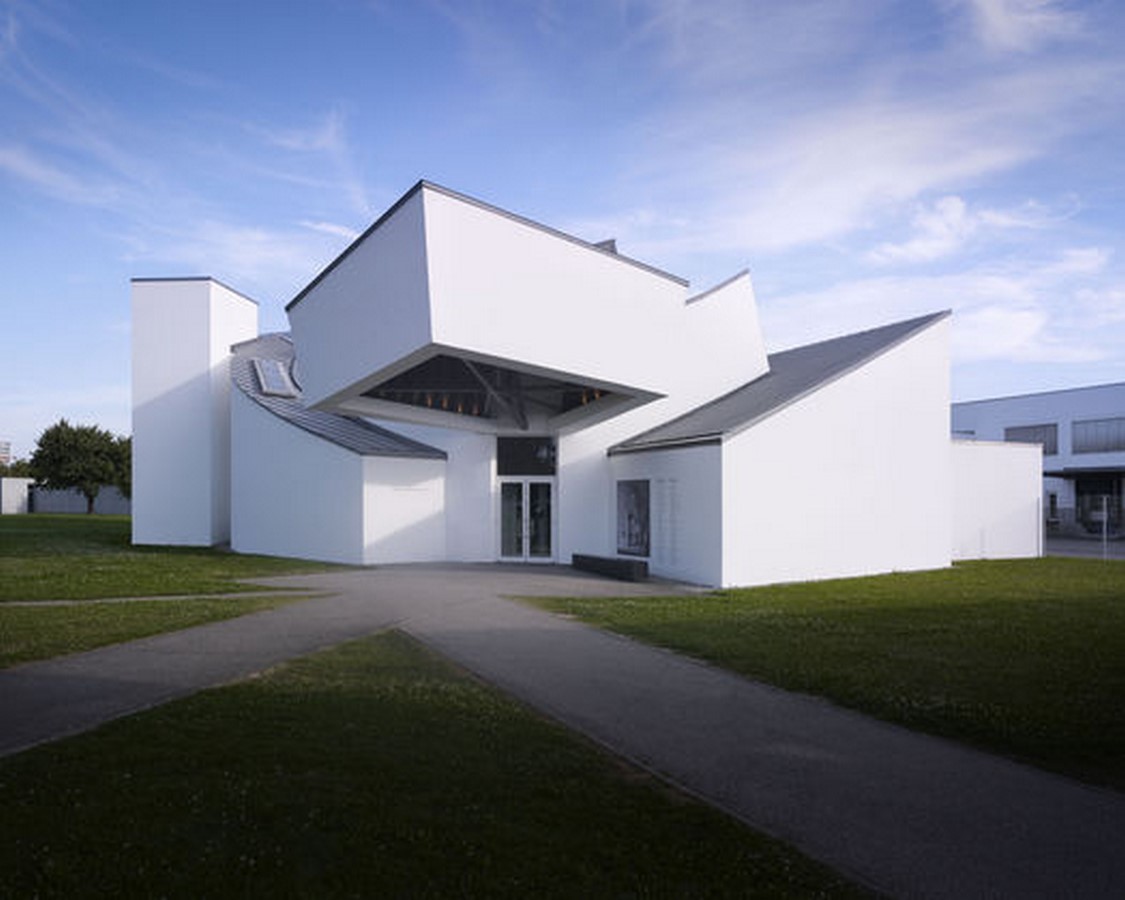
2. Cinémathèque Française (Paris,France)
Originally intended to be the headquarters of the American Center for Paris and later revived by the French Government in 2005, the Cinémathèque Française is a film organization that had repurposed the building’s interior into additional movie theatres and France’s Film Library.
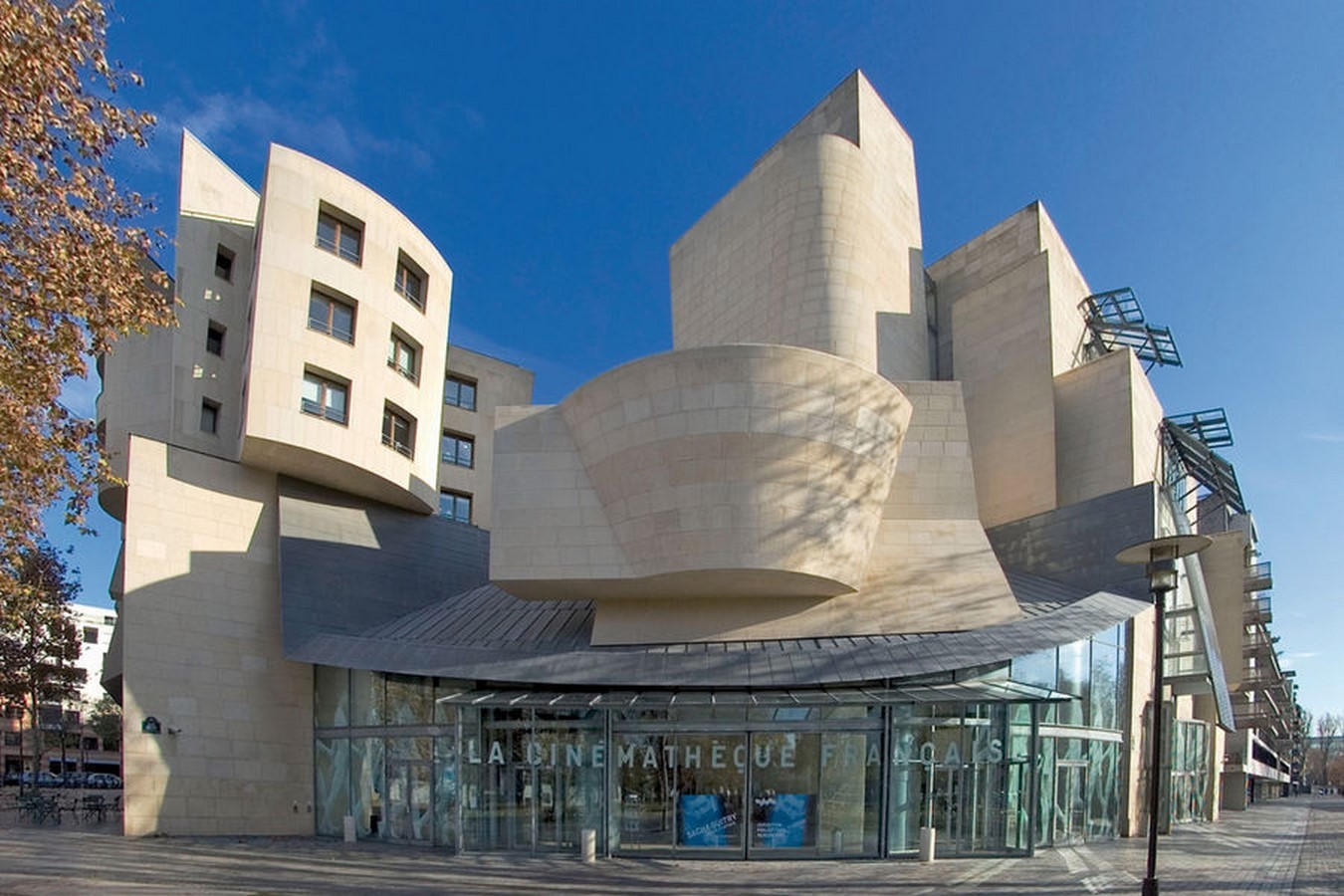

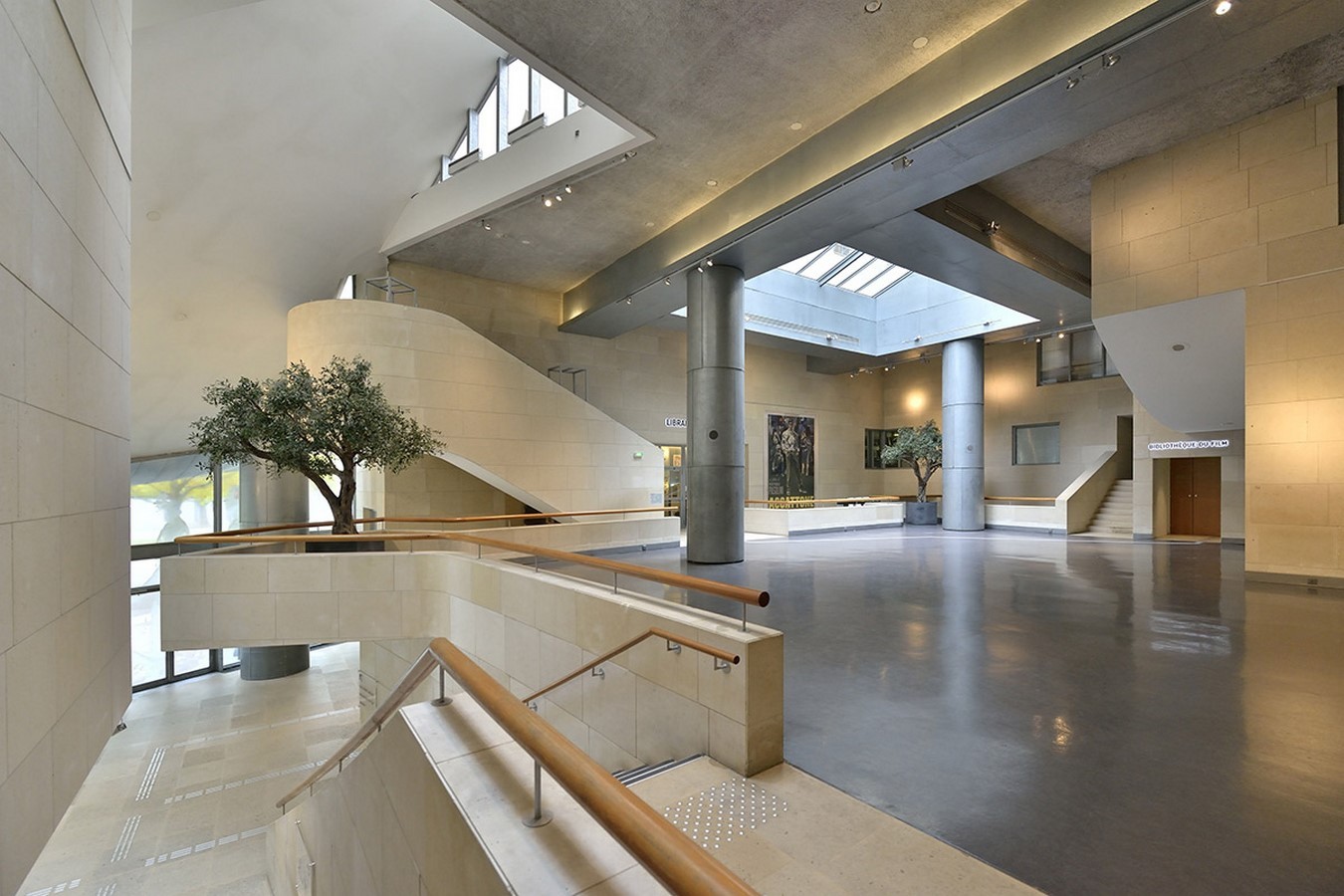
3. Foundation Louis Vuitton (Paris, France)
Set in Paris’ Bois de Boulogne Park, the building’s exterior consists of white blocks known as “the icebergs”, made from panels of fiber-reinforced concrete. These are covered by glass “sails” that are supported by wooden beams and built on the edge of a water garden created specifically for this project, complementing the shiplike design of the building.
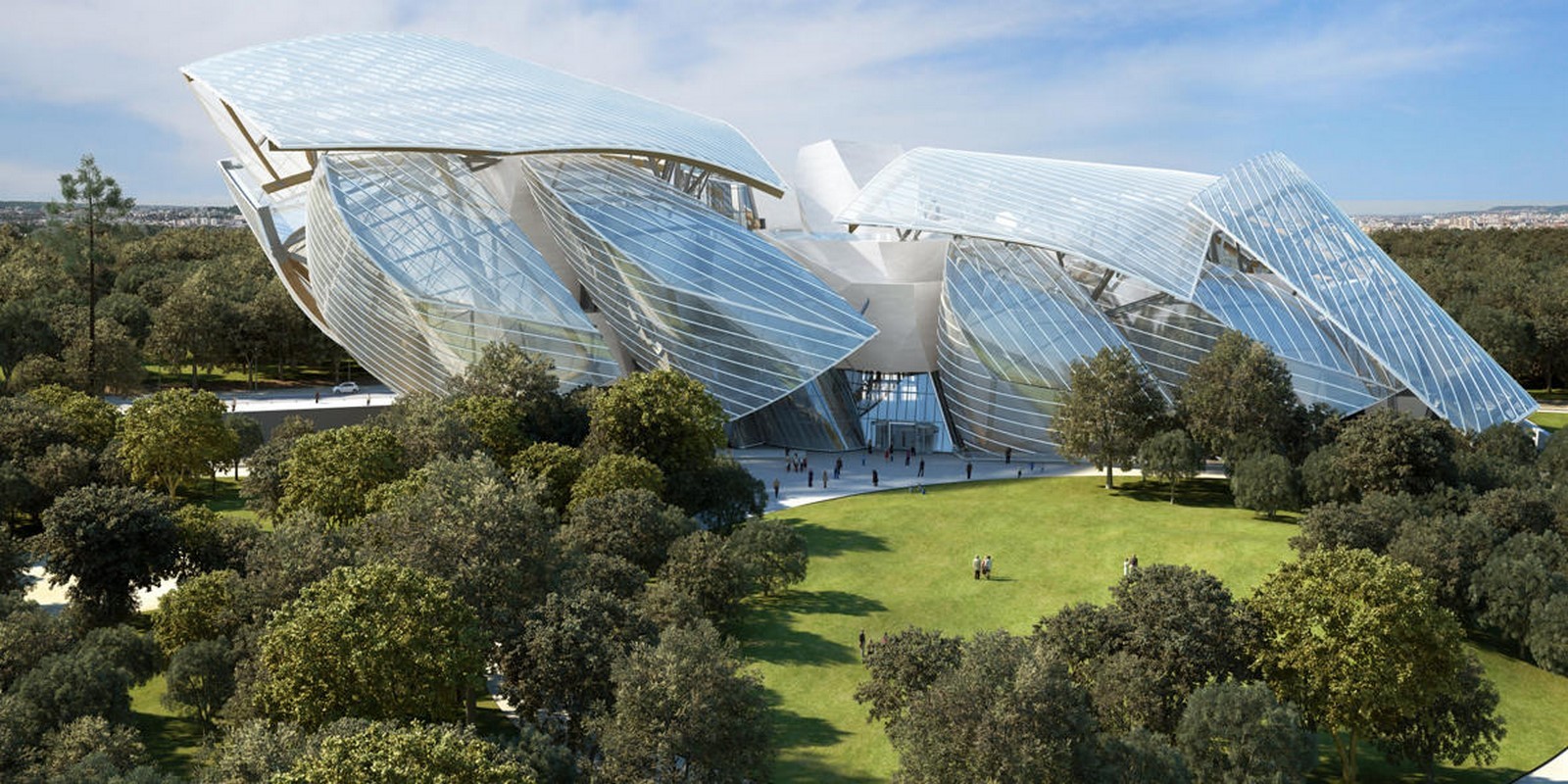
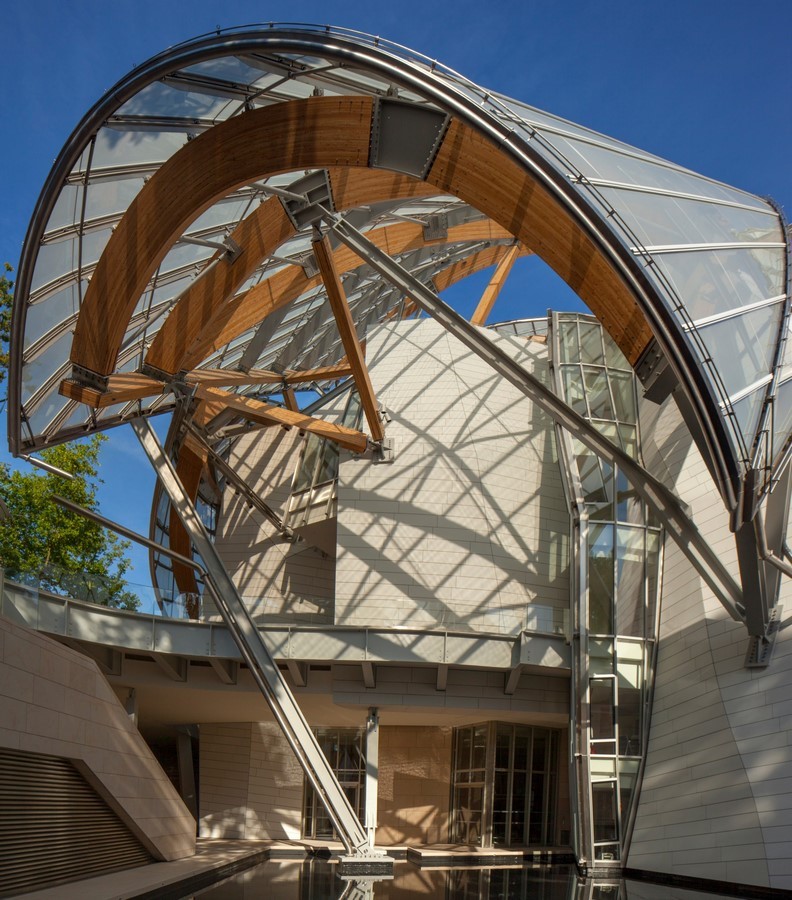

4. Walt Disney Concert Hall (Los Angeles, California)
The Walt Disney Concert Hall, inspired by Gehry’s passion for sailing, looks as if its sweeping metallic surfaces were in motion — as if being blown by the wind. The iconic building has become an essential part of Los Angeles, making it a premier cultural destination.
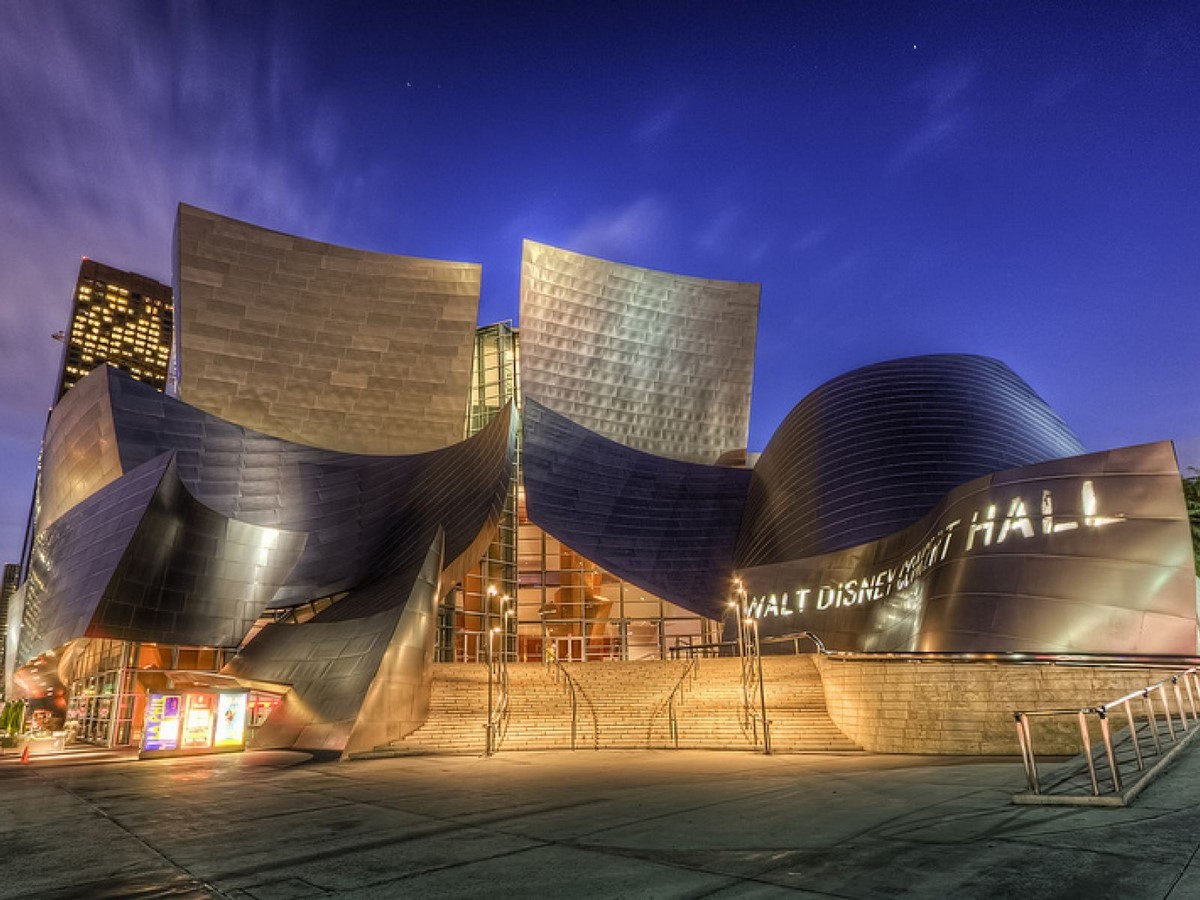

5. Dancing House (Prague, Czech Republic) | Frank Gehry
Gehry’s non-traditional design of the Dancing House was controversial at the time as it stood out amongst the Baroque, Gothic, and Art Nouveau buildings, which were what Prague was then known for. The structure, whose facade resembles a couple of dancing, is also known as Fred and Ginger, a nod to Hollywood icons Fred Astaire and Ginger Rogers. Its design consists of metal mesh and glass cinched together along with 99 concrete panels.

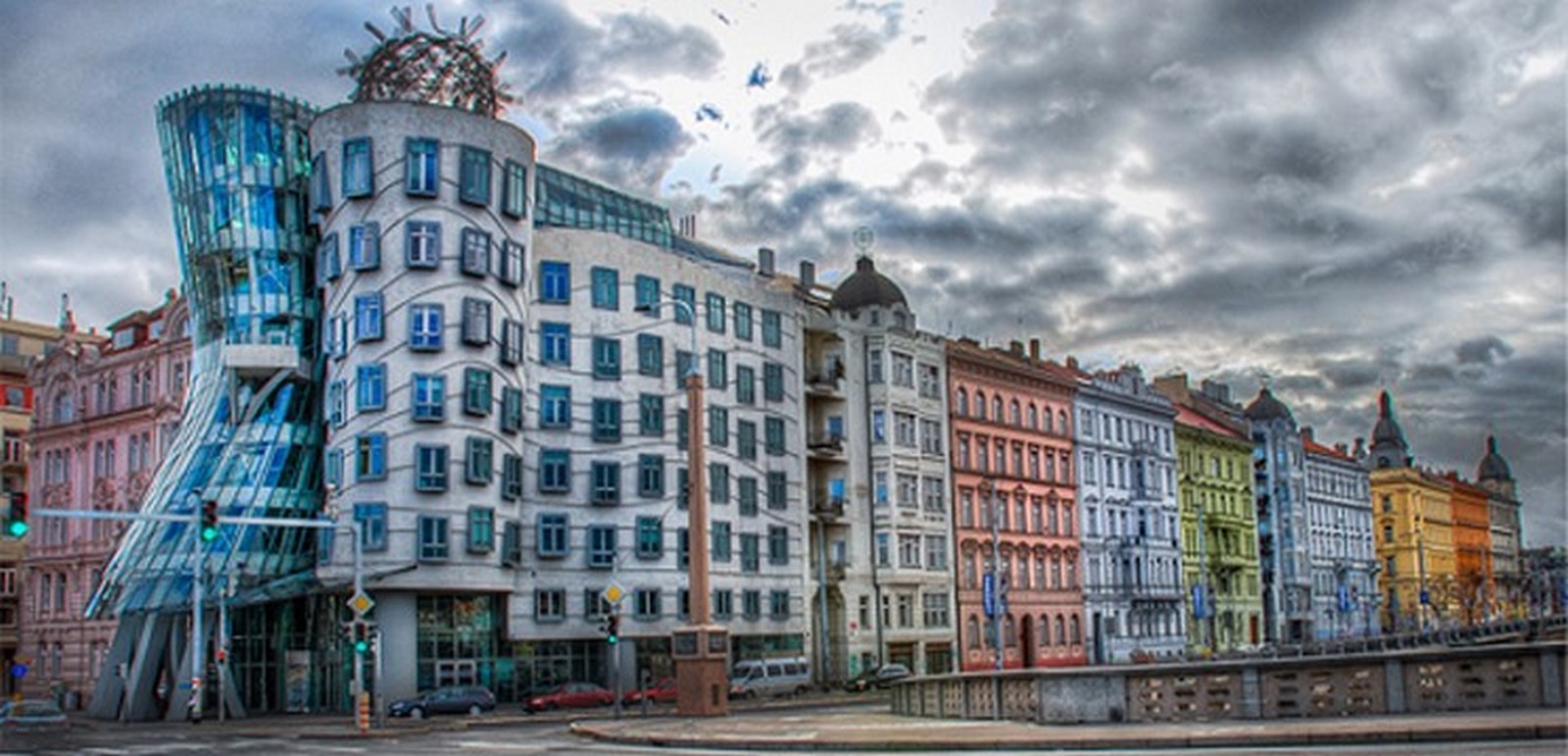
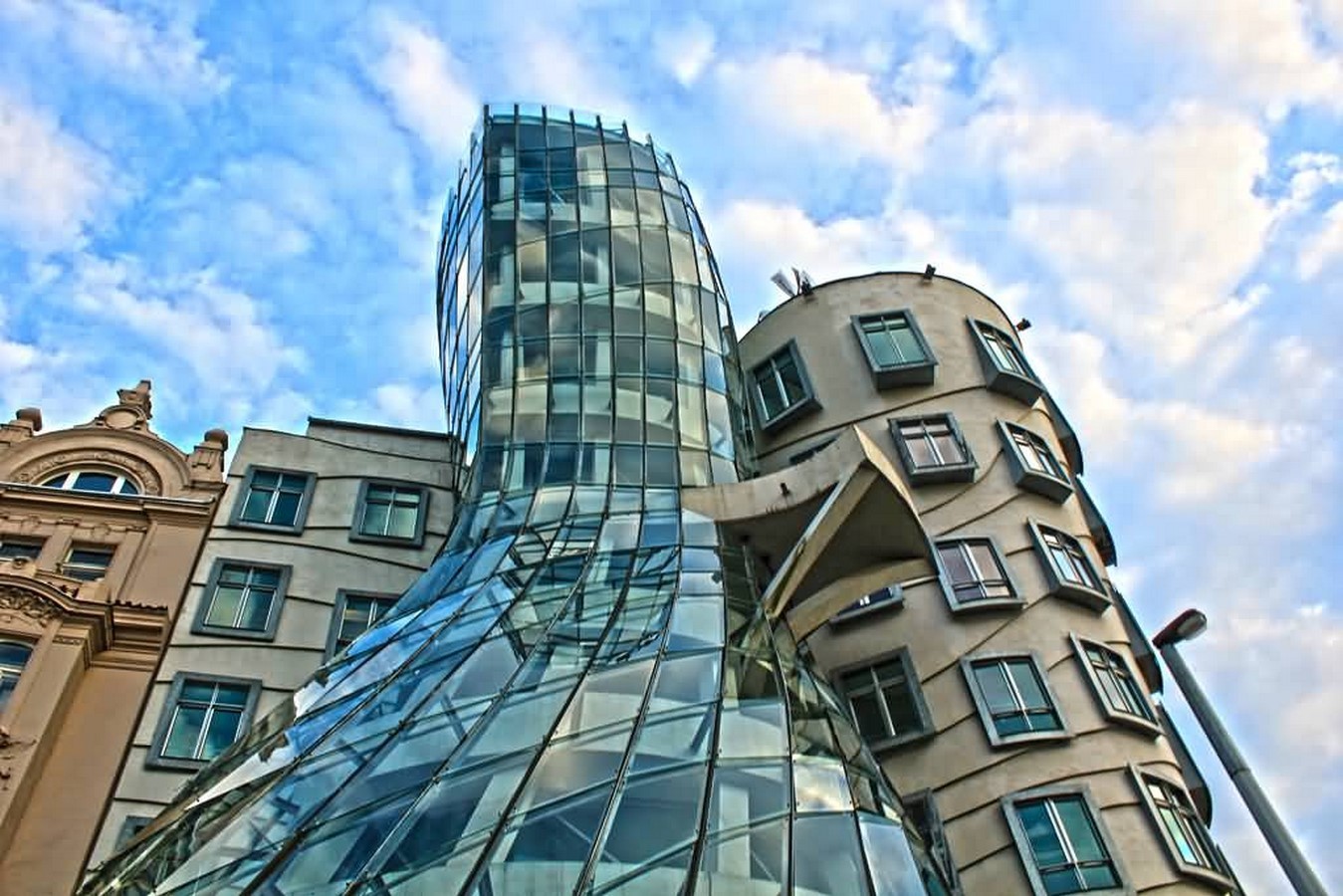
6. Guggenheim Bilbao (Bilbao, Spain)
The combination of the building’s complexity and captivating materiality brought forth one of Gehry’s most iconic buildings. The museum was so successful it drew in numerous tourists from all over the world, dramatically boosting Bilbao’s economy. This resulted in the term “Bilbao effect,” wherein a town is transformed after the construction of a building.


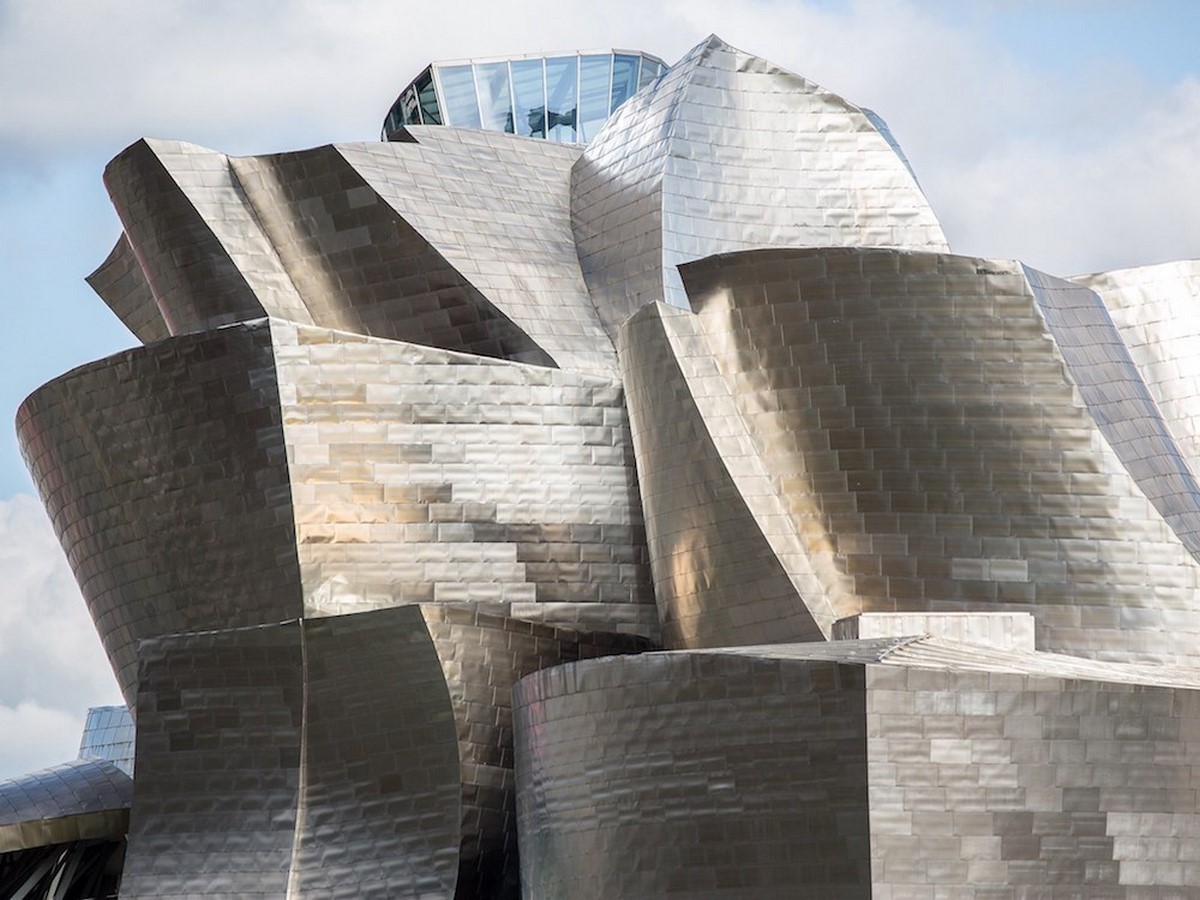
7. Peter B. Lewis Building (Cleveland, Ohio)
The 152,000 square-foot building is a signature Gehry with its flowing ribbons of stainless steel atop a brick base. Its open interior was designed to allow greater socialization and interaction between different departments.
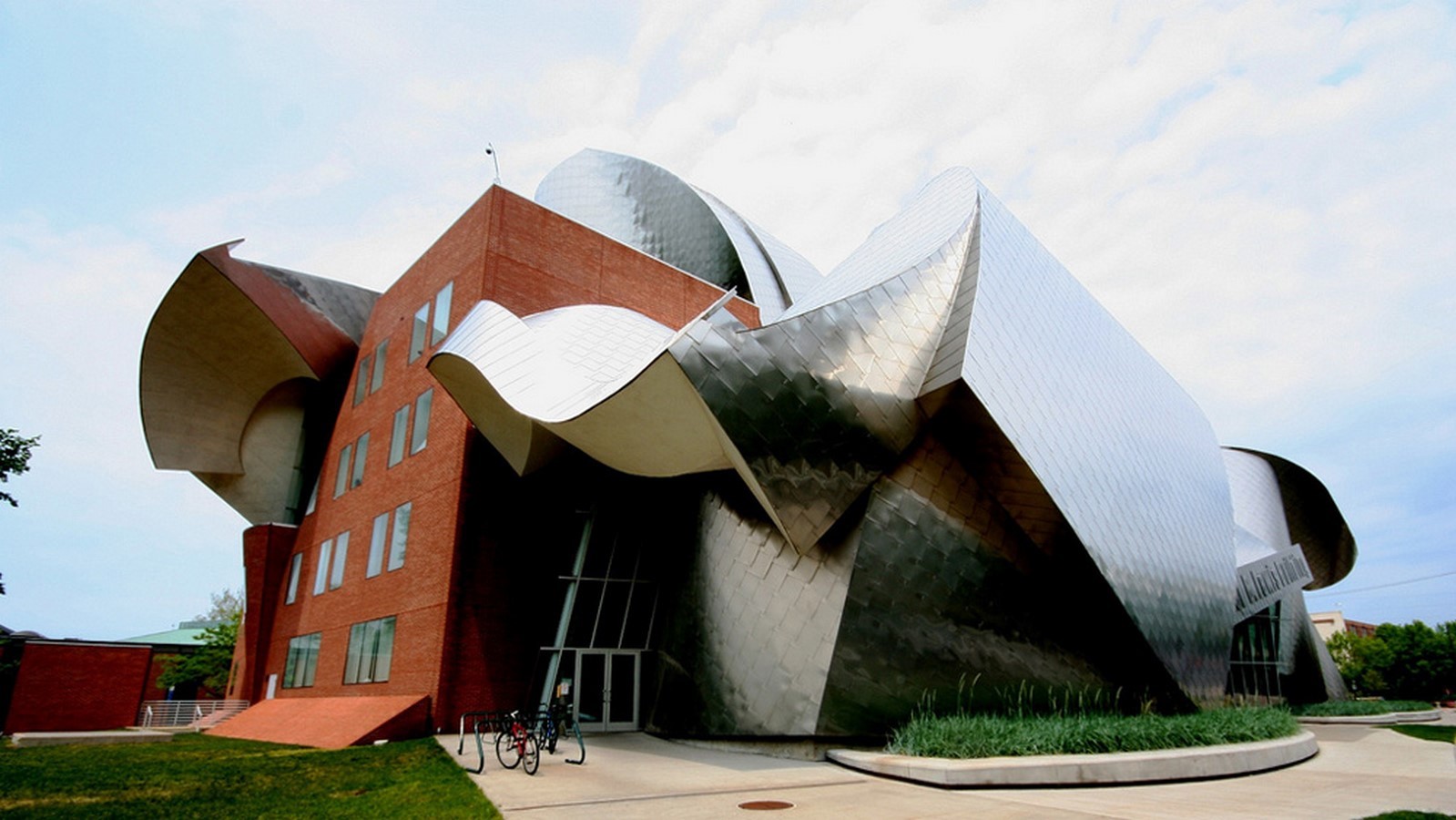
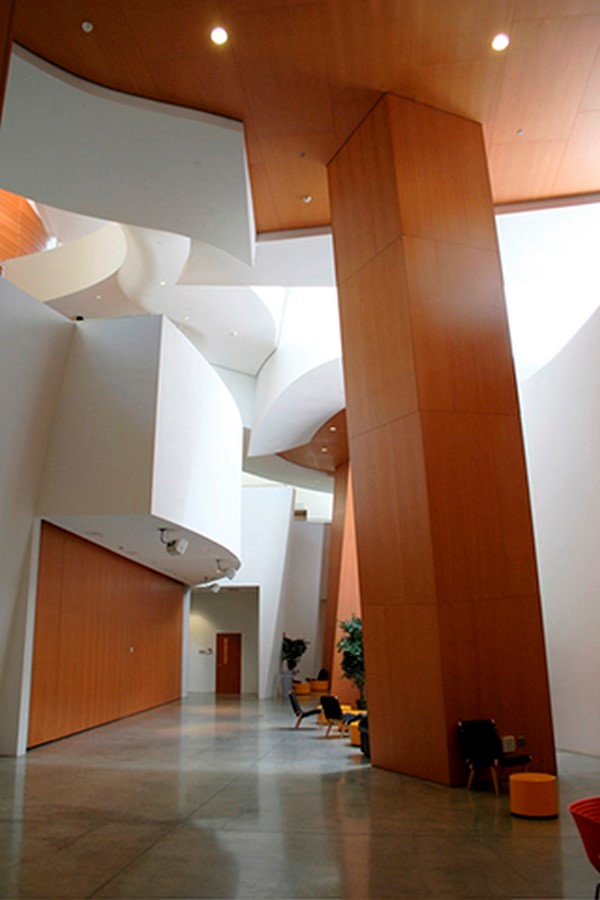

8. Lou Ruvo Center (Las Vegas, Nevada)
The building, which Gehry built on the mantra “Keep Memory Alive” features a 65,000 square-feet steel-clad building that serves as an outpatient treatment and research facility in downtown Las Vegas. Its facilities were created to bring people together, remembering the place, and eventually partnering with the Center to aid in its research to cure neurodegenerative diseases.
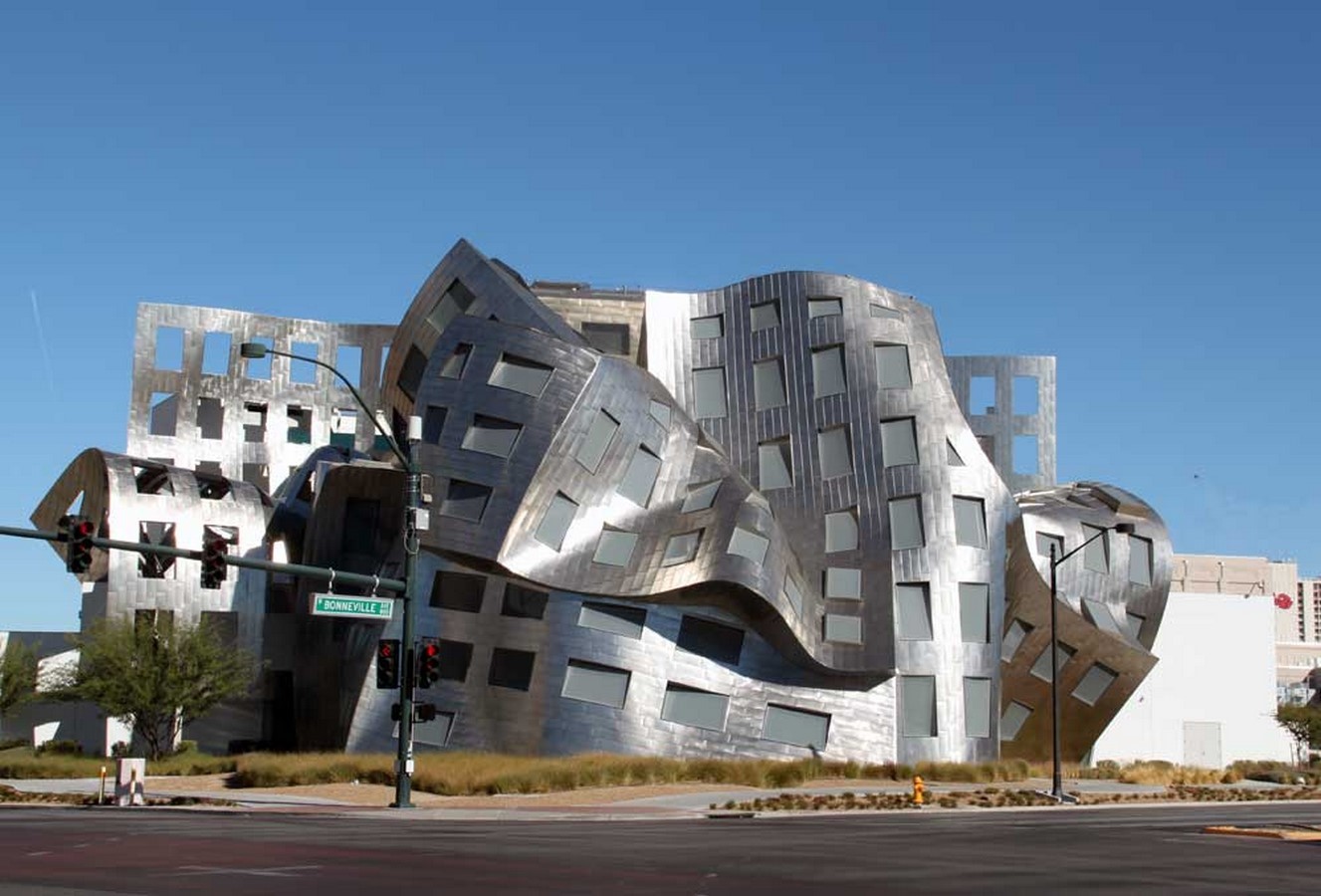
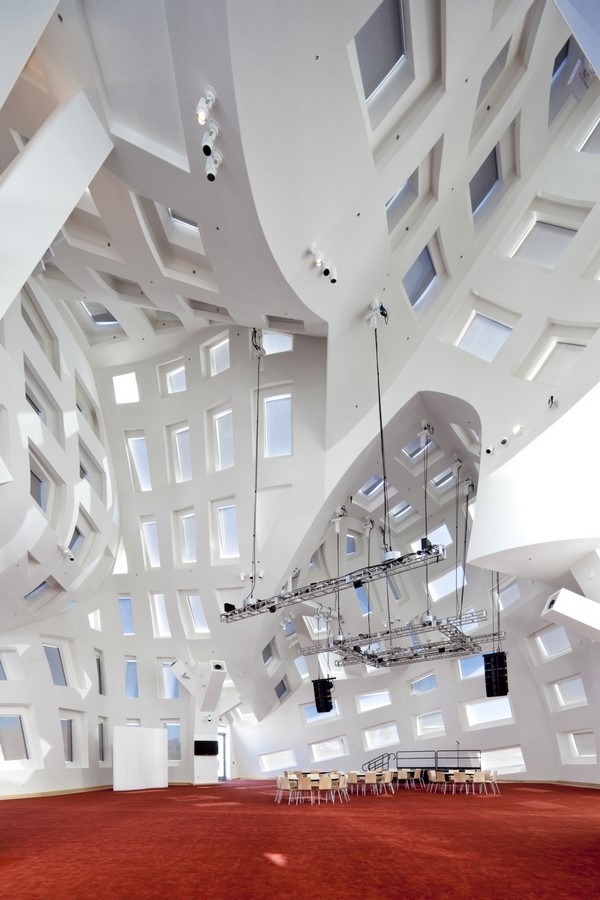
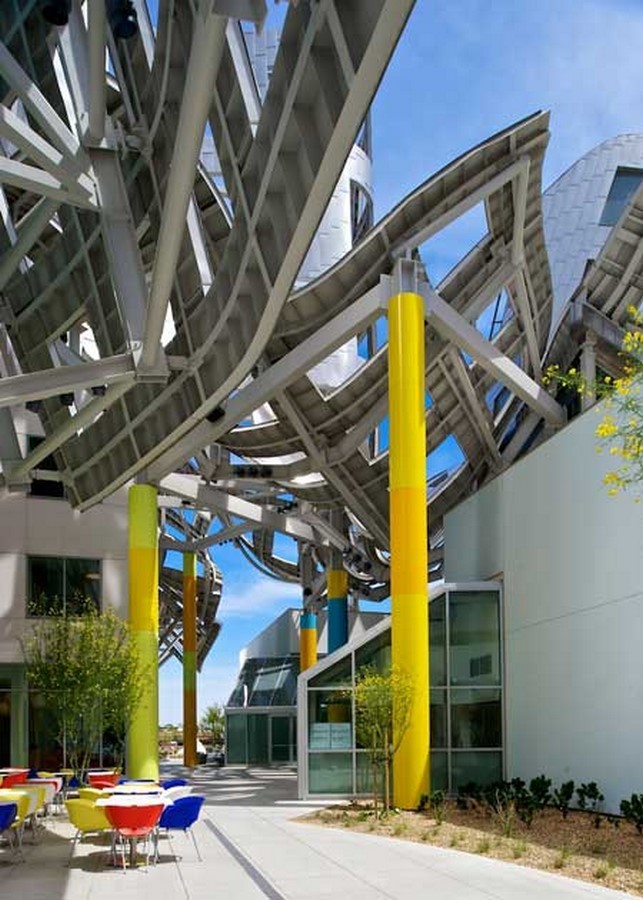
9. Biomuseo (Panama City, Panama)
As Gehry’s first project in Latin America, the Biomuseo is a 43,000 square-foot ecology museum that features his signature style with its crumpled roofline. The use of reds, greens, and other bold hues was chosen to represent the city of Panama’s diverse flora and fauna.
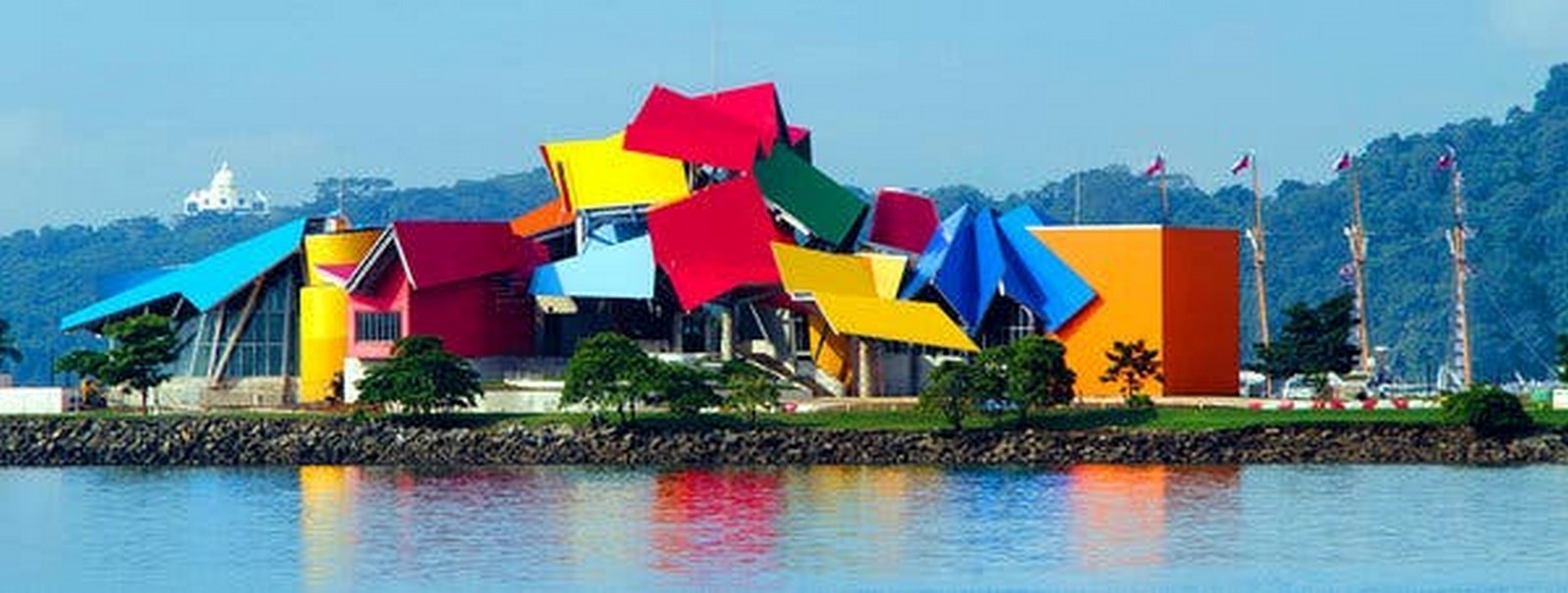

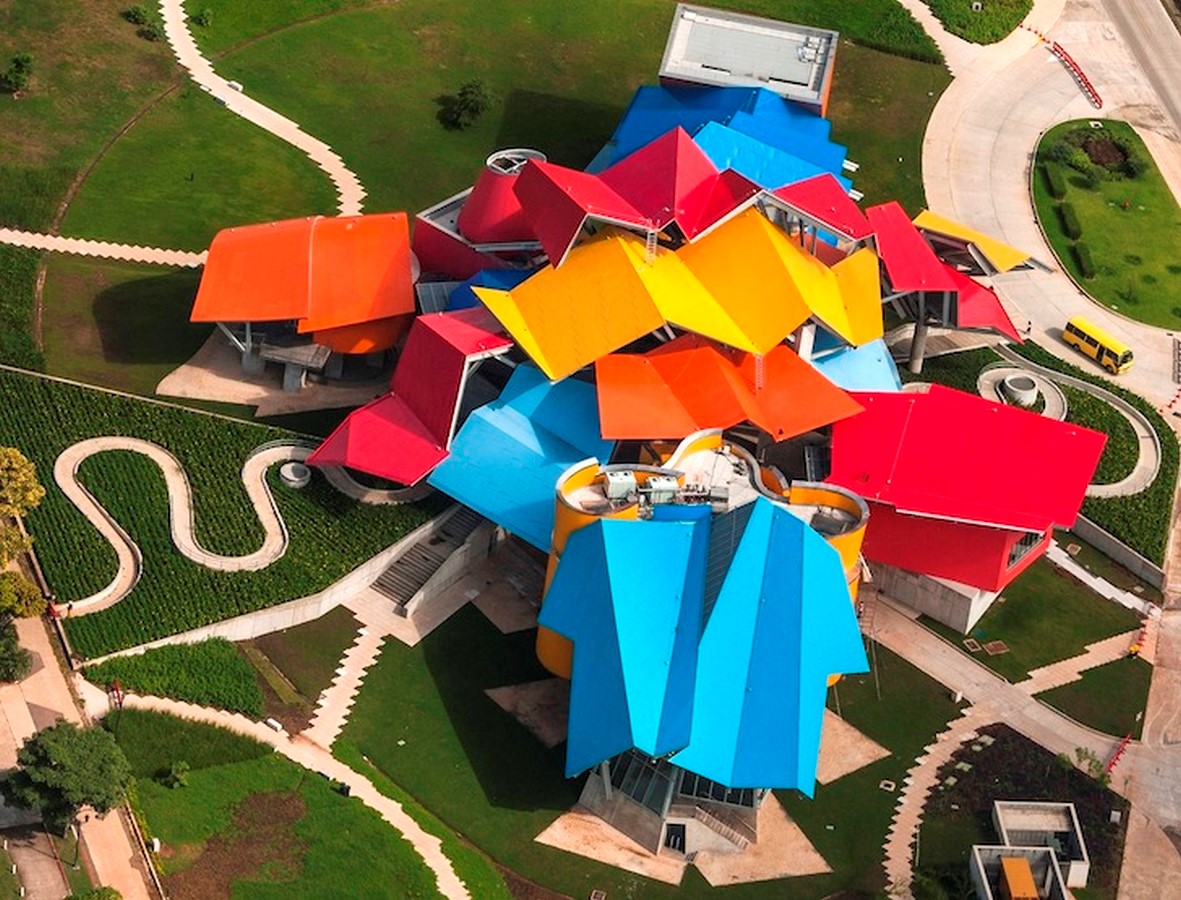
10. Marqués de Riscal (Elciego, Spain) | Frank Gehry
Built-in 2006, the Marqués de Riscal is located in a small town famous for its vineyard and wineries. Its exterior, according to Gehry, reflects the colors of wine, the titanium and stainless steel panels with hues of pink to represent the burgundy color of rioja, the silver as the foil covering the cork, and the gold as the zig-zag mesh that covers all Marqués de Riscal bottles.
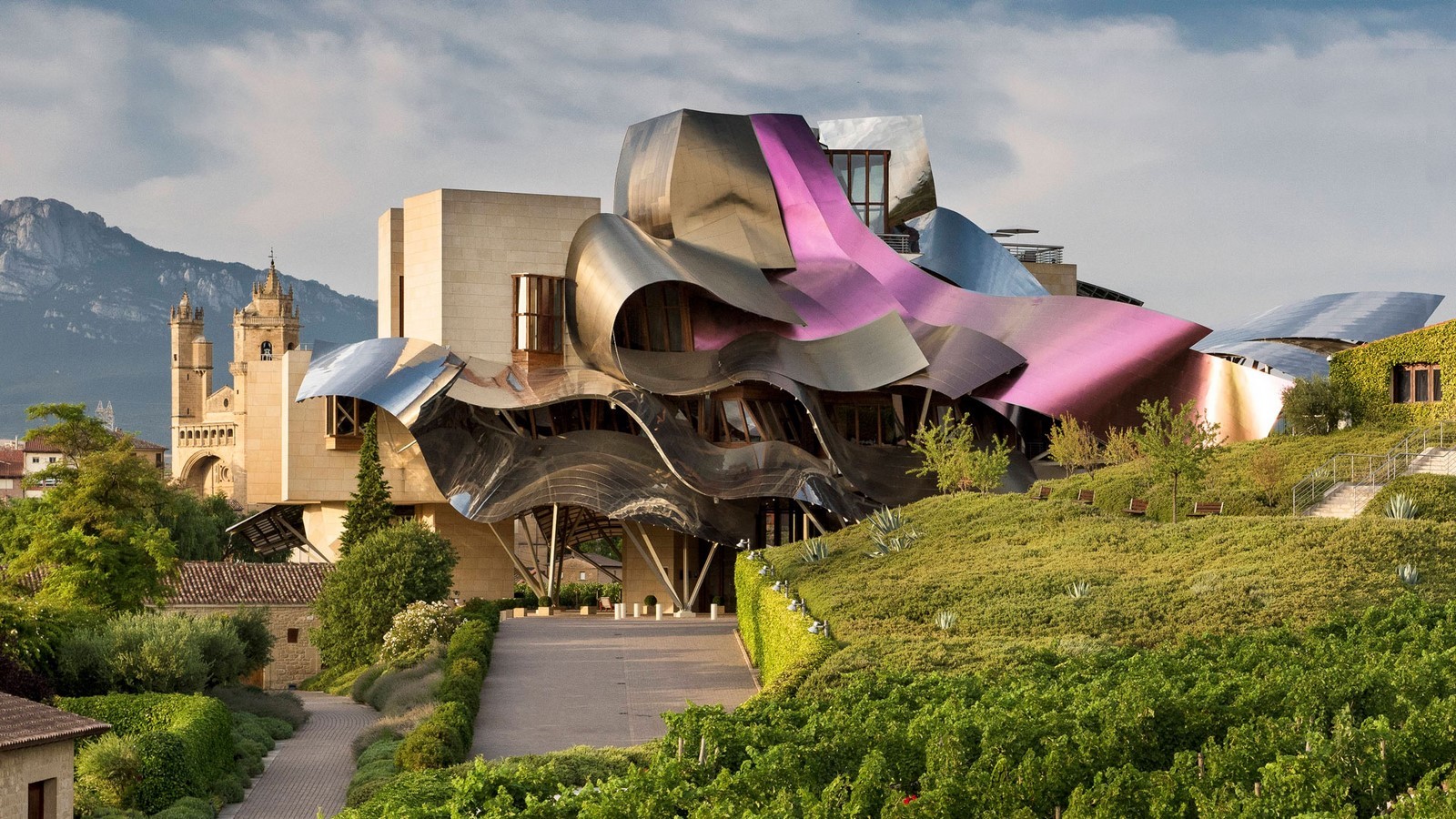
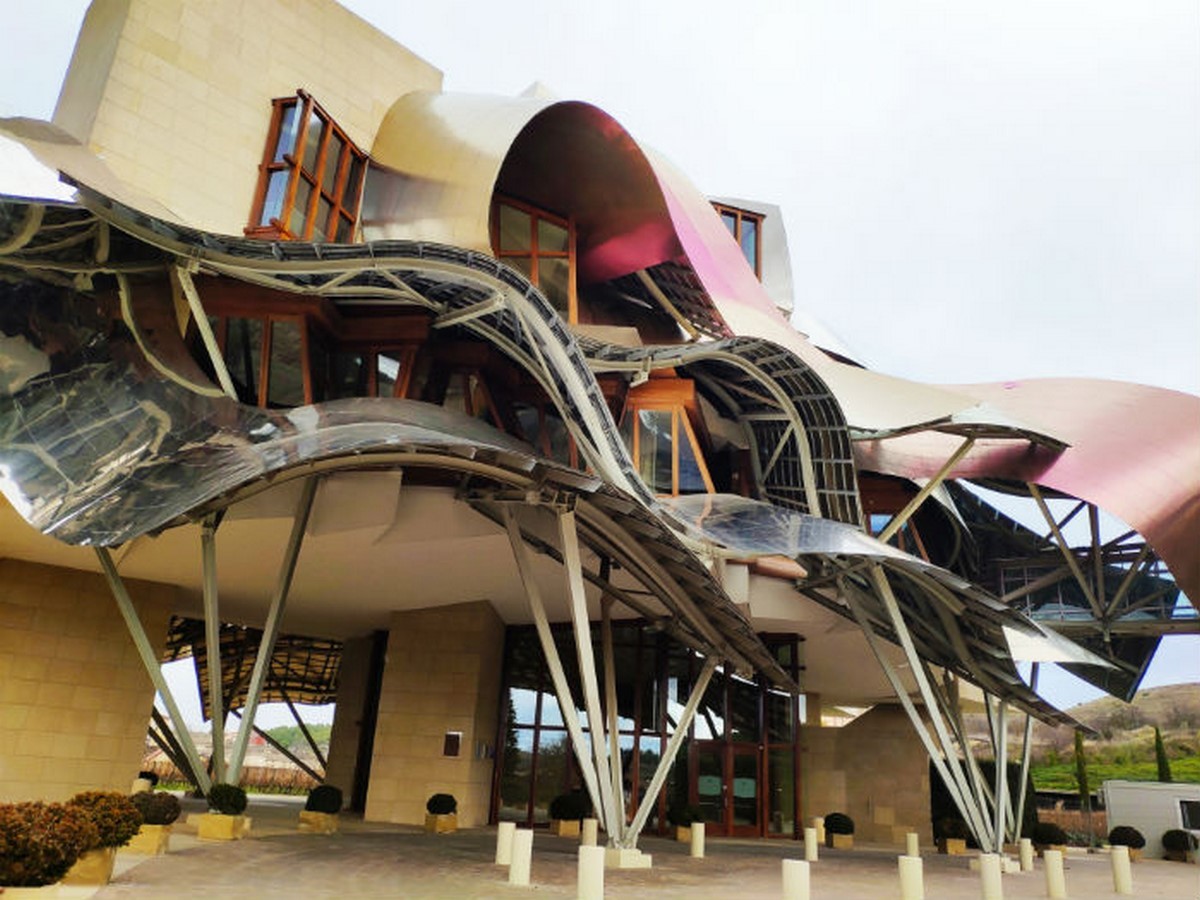

11. Gehry Tower (Hanover, Germany)
The Gehry Tower is constructed from stainless steel with an impressive twisted facade. This design allowed the office space to be maximized as the nine-story building was erected in a relatively small area. The tower was constructed within two years, officially commissioned by June 2001.



12. New York by Gehry (New York City, New York)
Gehry’s first skyscraper, located in Lower Manhattan, has received global acclaim due to its being the tallest residential building in North America during its time. The 76-story building is 870 feet tall and was constructed from 10,500 steel panels, each having a different shape, which led to its overall design. The form of the building seems to change depending on where you stand, similar to the ripples of a mirage.
The exterior of the building in Lower Manhattan Source:©https://www.dezeen.com/


13. Weisman Art Museum (Minneapolis, Minnesota) | Frank Gehry
The Weisman Art Museum was one of Gehry’s first museums built from the ground up. Its exterior of steel-clad curves were all designed without the use of any computer software. It was later expanded in 2011, still designed by Gehry, that allowed a seamless and fluid experience for every visitor.
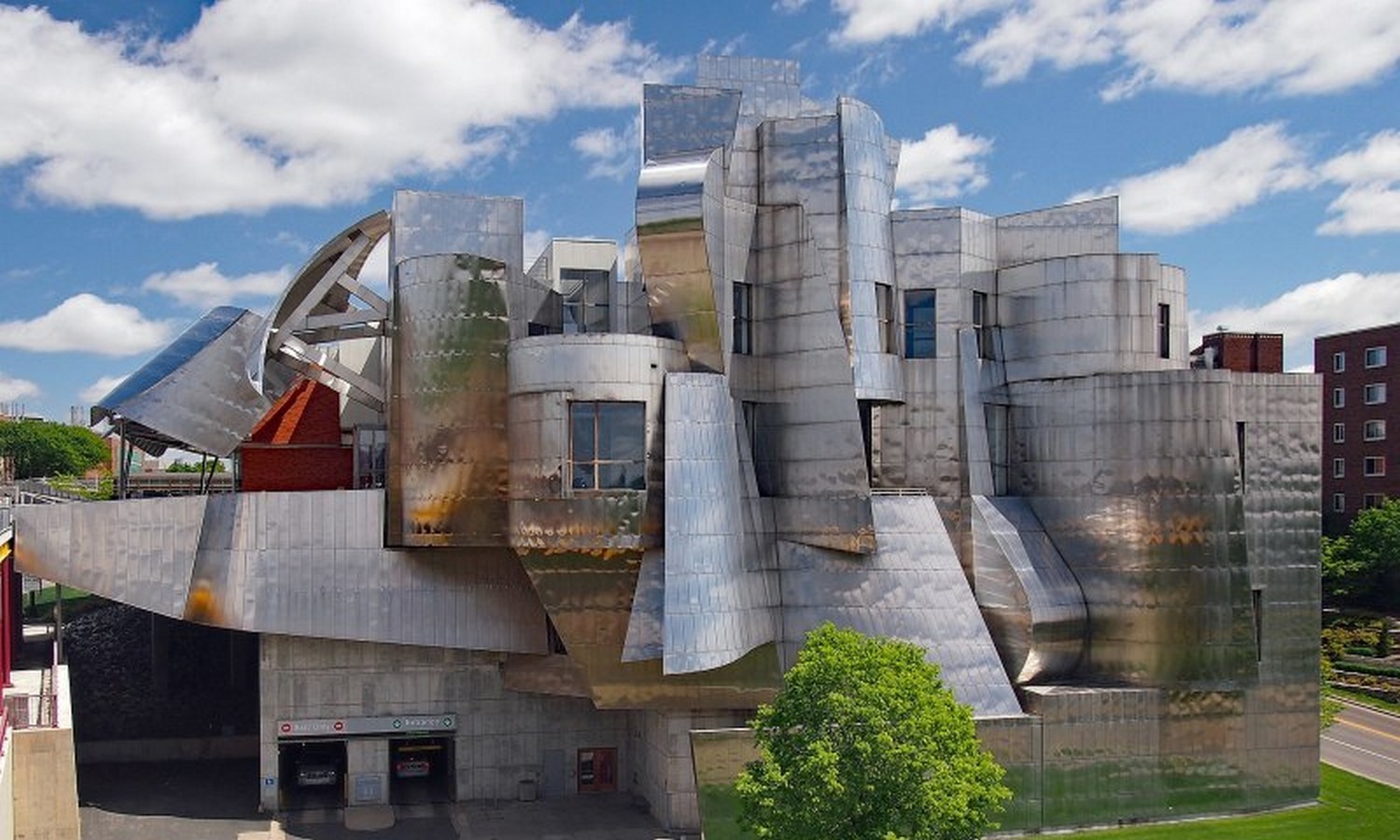

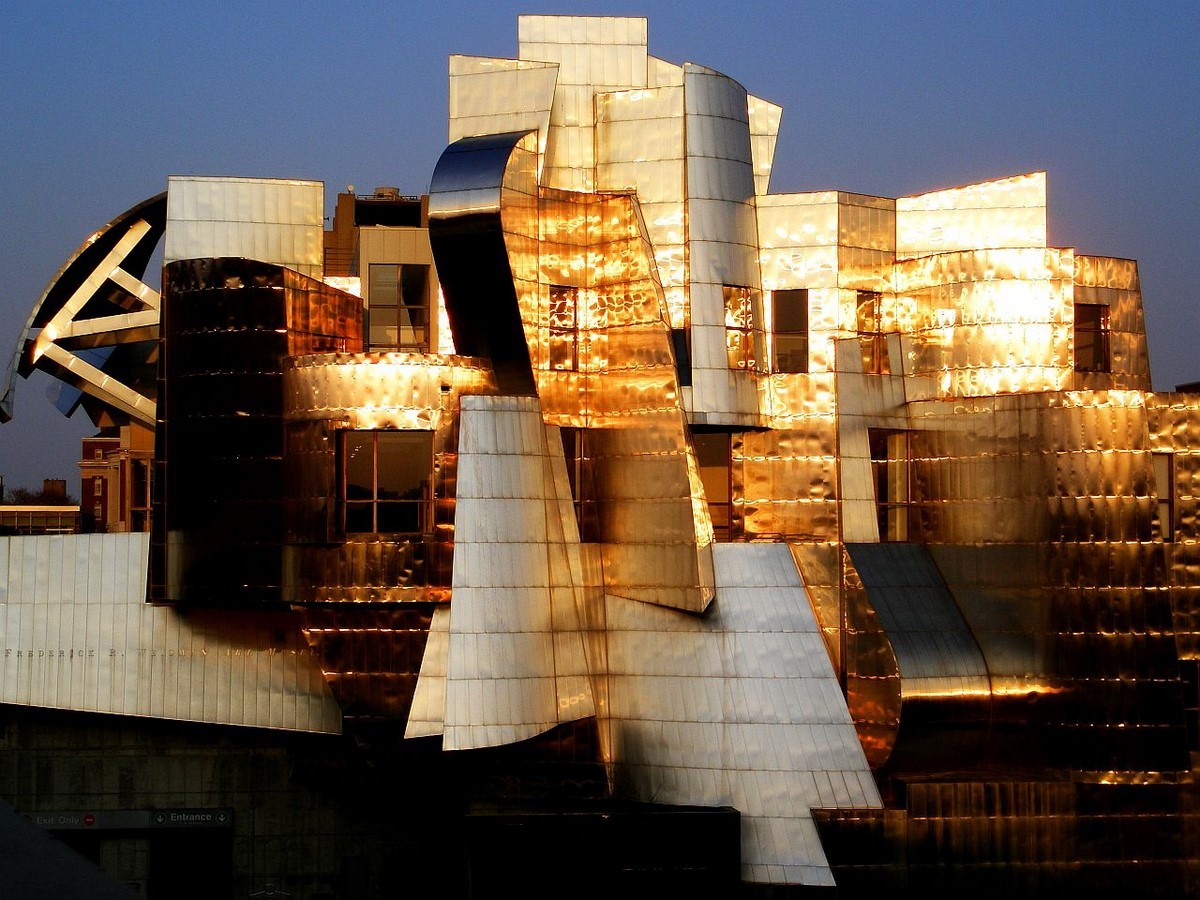
14. Stata Center (Cambridge, Massachusetts)
Its design, looking as if it is on the verge of collapsing with the tilted columns, walls swerving and colliding at random curves. Its interior shows materials changing from brick to brushed aluminum to corrugated metal to brightly colored paint. It’s designed as if everything was improvised and thrown into at the last minute, which was what the structure was meant to convey.
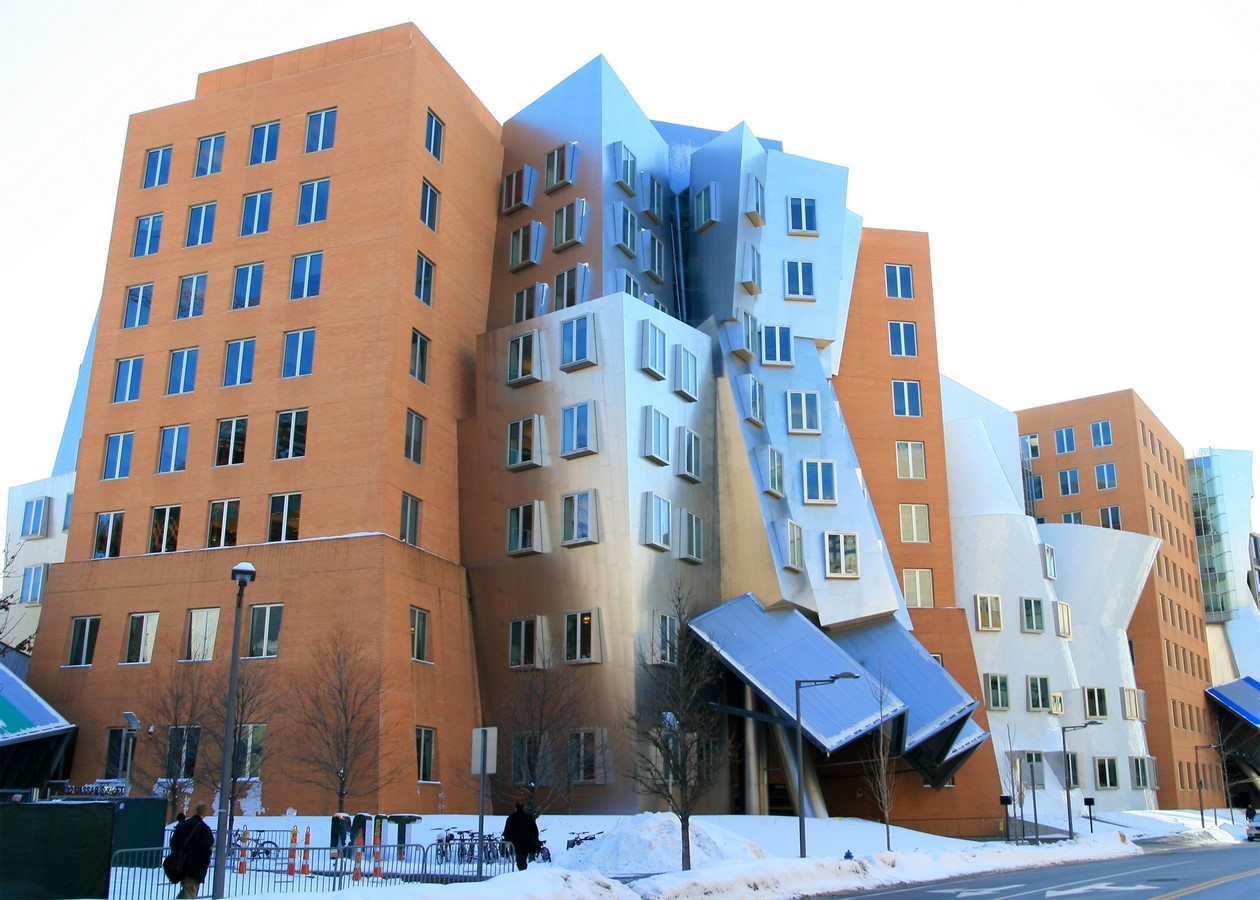


15. Museum of Pop Culture (Seattle, Washington) | Frank Gehry
Built from over 21,000 aluminum and stainless steel shingles, the MoPOP is home to more than 100 arts and cultural events each year. Its prismatic wave was inspired by rock music and the energy it has. During the initial design stages, Gehry used sliced-up electric guitars as the building blocks for his model. The structure was built in collaboration with Microsoft co-founder Paul Allen and was completed in 2000.

